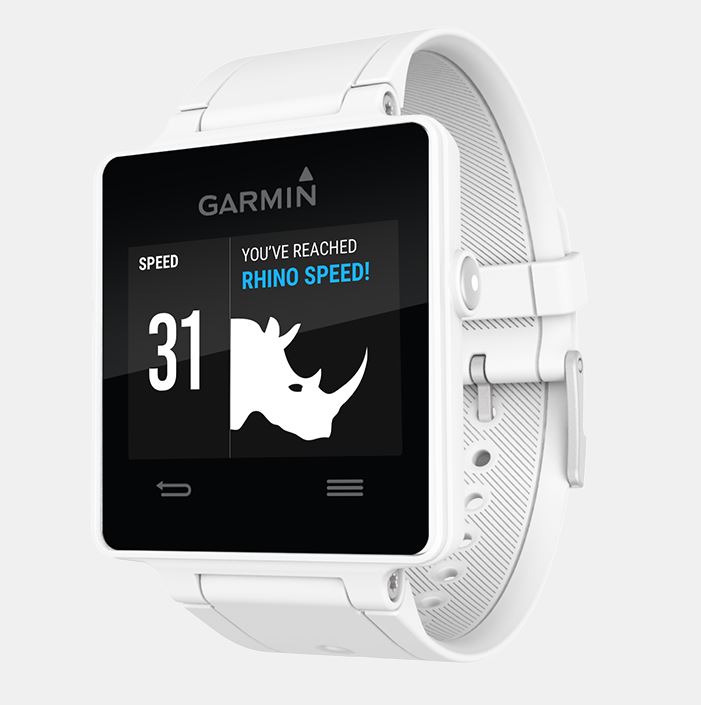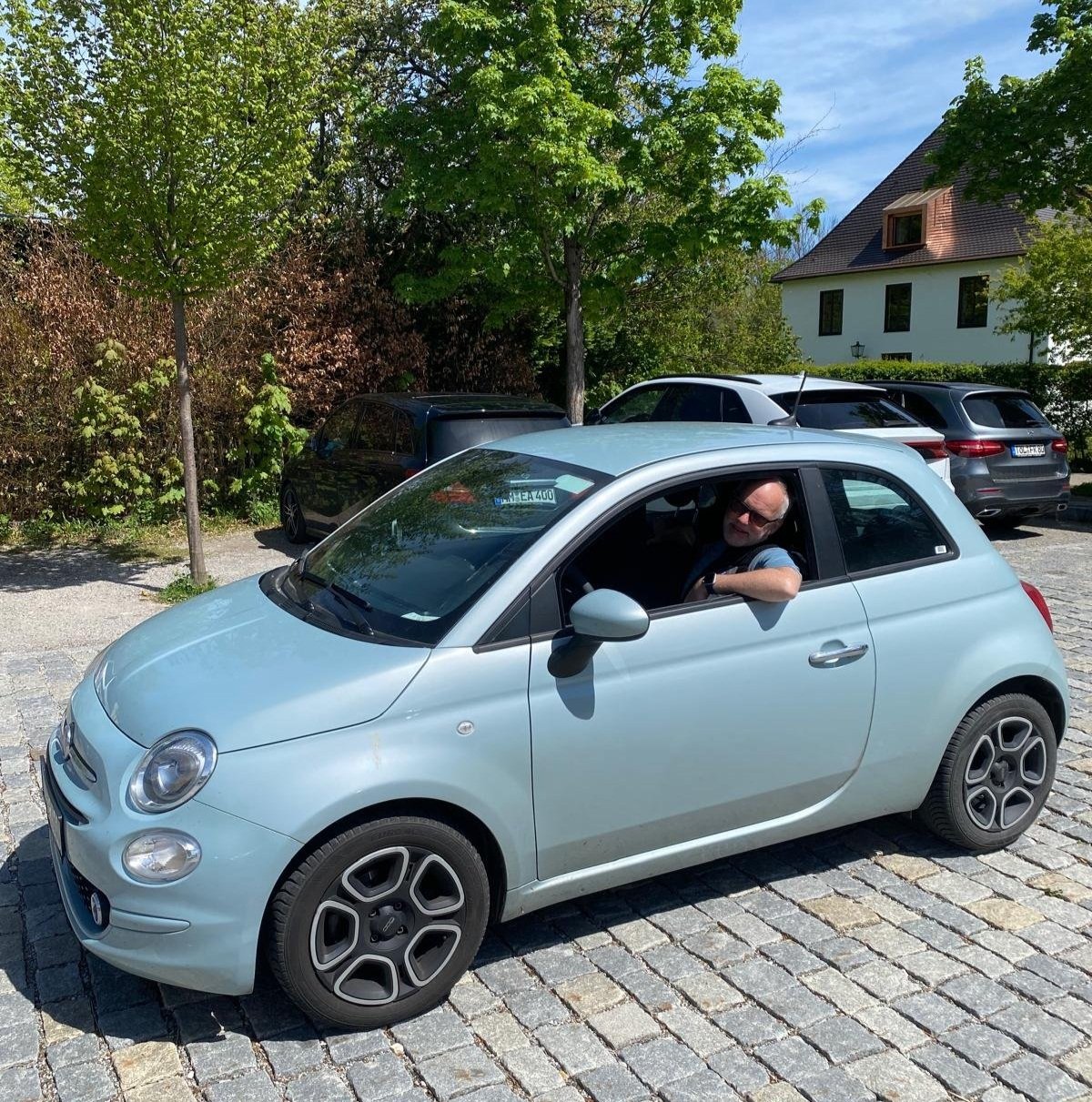Wearables: What's next?
As a former wearables industry insider, I get a lot of questions about where this industry is headed. Is there still opportunity for startups in this space, or are the big corporates going to capture most of the market?
Startup Challenges
The common refrain we hear around the Valley, “hardware is hard” is true. VC’s are justified to favor software-only startups over those that offer a physical product. With physical product, there is a possibility of failure on many more dimensions - and this risk drastically increases with first-time entrepreneurs. These include:
- Electrical engineering & certifications
- Mechanical engineering & failure testing
- Form factor design & packaging
- Demand forecasting and inventory management
- Manufacturing pipeline planning
- Distribution channel development (direct, retail, VARs)
- Logistics
But as daunting as these may seem, they are not insurmountable. As COO of LUMOback, a then-seed-funded wearables startup totaling five people, I either drove or participated in all of these listed activities without going crazy, and we shipped thousands of initial units to our happy Kickstarter customers pretty close to our original schedule in about nine months’ time. My prior experience as a software executive helped – both jobs are about anticipating future problems and solving them before they balloon into crises.
However, given our small seed-stage budget and zero relationships with manufacturers, our startup was unable to match the design values and quality of materials of a big-time corporate mass-produced product, such as the iPod Touch. This makes sense – Apple can afford to hire more designers and quickly go through many iterations, as well as command huge volume discounts on manufacturing materials and services. Apple products came in beautiful metal casings, we shipped plastic.
Source: Lumo BodyTech and Apple
Our advantage of course was that we shipped something that was not in Apple’s product line – a cool blue-tooth enabled wearable device to make you more mindful of your back posture. So our early customers didn’t mind – they loved the new functionality that we could provide!
The Tide Turns
Judging from several exhibits at CES Las Vegas 2015, I feel that the tide is turning on wearables – especially in popular sectors such as smartwatches and fitness trackers. In these sectors, there is little feature differentiation across devices, so consumers buy based on design quality and the perceived value in the materials and quality of construction - factors that favor large corporates.
For example, take a look at the quality and sleekness of the recently introduced vivoactive smartwatch from Garmin or LG’s G Watch R. It’s quite ironic to see how corporate sleekness has surpassed Pebble, the startup that established the category to begin with!
Images: LG G Watch R, Garmin vivoactive, Pebble Steel
In the fitness tracker category, expect similar retrenchments on the startup side – with perhaps Fitbit and Misfit as an exception. Fitbit, the startup that originally launched this category, has had enough time to establish widespread global distribution (and VC funding that comes with it) and thus has the same resource and volume advantages as a large corporate. Misfit defies convention through smart choices on materials and a unique story on device power management. Misfit may be the one startup exception that proves the rule – the design aesthetic of the bestselling Shine product is comparable to Apple or LG products.
Apple Watch: the 10,000 lb Elephant in the Room
Consumers are eagerly awaiting the announcement of a ship date for Apple Watch. Smart developers are already developing apps on this platform. I expect Apple Watch to redefine the smartwatch category in the same way the iPhone redefined the smartphone category. For a limited amount of time, app developers with a special new idea for the Apple Watch platform have an opportunity to grow revenues rapidly, but this opportunity will diminish over time as more and more developers learn to take advantage of this platform.
Apple Watch will also drive the adoption of new features and application ideas in other smartwatch brands – Christmas 2015 should be the year of the smartwatch – both Apple and Android. This year, Apple Watch will define the smartwatch category as the most important and successful wearable to emerge since the smartphone. Startups that want to enter the smartwatch space are advised to go back to their roots – focus on software (apps) for Apple Watch, Android Wear, or both platforms.
New Directions in Wearables – Augmented Reality
Google Glass’ demise has been greatly exaggerated over the last several weeks. Admittedly, Google’s market experiment has shown what doesn’t work – attempting to sell general purpose glasses that consumers are expected to wear for the duration of the day. But this wearable has also spawned some successful startups such as Augmedix and Pristine that use these devices in very specialized environments.
The technology deployed in Glass (a miniature display that occupies a corner of the field of view) pales in comparison with the new concepts demonstrated at CES 2015. A startup named Osterhout Design Group (ODG) drew large crowds by demonstrating its augmented reality glasses that could project color imagery right on top of the scene that your eyes are focusing on. Epson and Toshiba showed similar technology. One of the key challenges in this area is power consumption and battery life, and it does not yet appear that these challenges have been fully conquered.
But, judging from the many interesting displays at CES, augmented reality is an important new trend that will also affect the wearables category. Augmedix focused on building expertise in one use case (medical doctors), picked a wearable hardware platform (Google Glass), and is off to the races establishing market leadership – and investor interest. It recently closed a $16M Series A round led by Emergence Capital, with a valuation of close to $100M. Augmedix used a time-honored strategy by betting early on a hardware platform, and then building software that expands its use into new areas.
In Summary – Specialize or Move On
In summary, startups wishing to enter or stay in the wearables space should contemplate their position carefully as they will face tough competition from corporates with access to better designers, better materials, and all the advantages in manufacturing and distribution that scale provides.
One strategy may be to specialize a wearables business into a category that is not likely to interest a large corporate. Watch or fitness products? Corporates will be all over these categories. Products that teach you how to do exercises to improve your back health? Probably not so interesting to those corporates. But think carefully – you can’t change the planet and take over the world (and thus, raise VC money) with a niche product!
Another strategy of course is to pick a new hardware platform (such as Apple Watch or one of the emerging augmented reality glasses) and build software. This is a gamble but it reduces risk and, assuming you decided to back the right horse(s), you can win big when the first adopters are looking for solutions.
My advice to new entrepreneurs wishing to enter the hardware business: forget about wearables and focus instead on Internet of Things (IoT). This area is still wide open to new ideas delivered in relatively simple form factors. Even better, instead of generating ideas in the relatively “gimmicky” IoT consumer space, think enterprise. If your Internet-connected hardware box can save a business money, it won’t matter how clunky it looks, checks will get written and your startup can grow.
Previous blog posts you may be interested in:



















